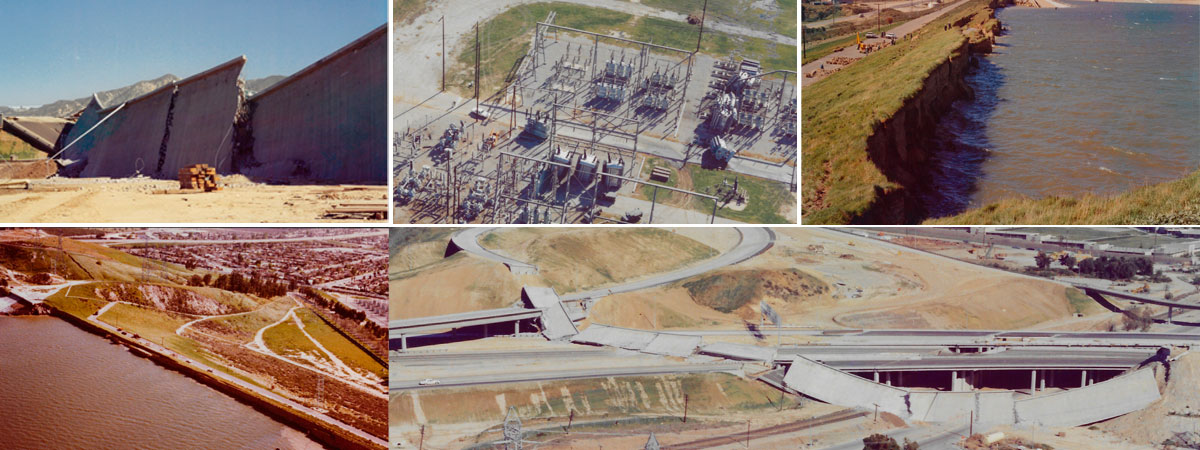February 7—11, 2022


Historical Perspective of Lifeline Earthquake Engineering in the U.S.
The February 9, 1971 San Fernando California Earthquake was a devastating yet seminal event which, for the first time, demonstrated the seismic threat to lifelines that fundamentally support our modern livelihoods. The knowledge gained from this event initiated the study of lifeline systems worldwide, including water, wastewater, electric power, gas and liquid fuels, communications, transportation, and solid waste management systems. Virtually every type of lifeline system was impacted in some way, thus demonstrating the need for new design and construction concepts for future systems and more importantly, methods for enhancing the seismic resilience of existing lifeline systems. The conference that will be held in 2022, and the events that lead up to the conference (activities in 2021) will report on advancements made in the above areas, as well as in planning, preparedness and emergency response. The San Fernando Earthquake also influenced many international lifeline resilience programs, including those in Japan, New Zealand and South America. Researchers and practitioners from these countries are expected to contribute to what should be lively discussions on how we can jointly promote lifeline seismic resiliency worldwide.
The evolution of lifeline engineering has evolved over many years since the San Fernando earthquake and has benefited from the active participation of many organizations, institutions, companies, and individuals, all working to improve the resilience of lifelines in general.
